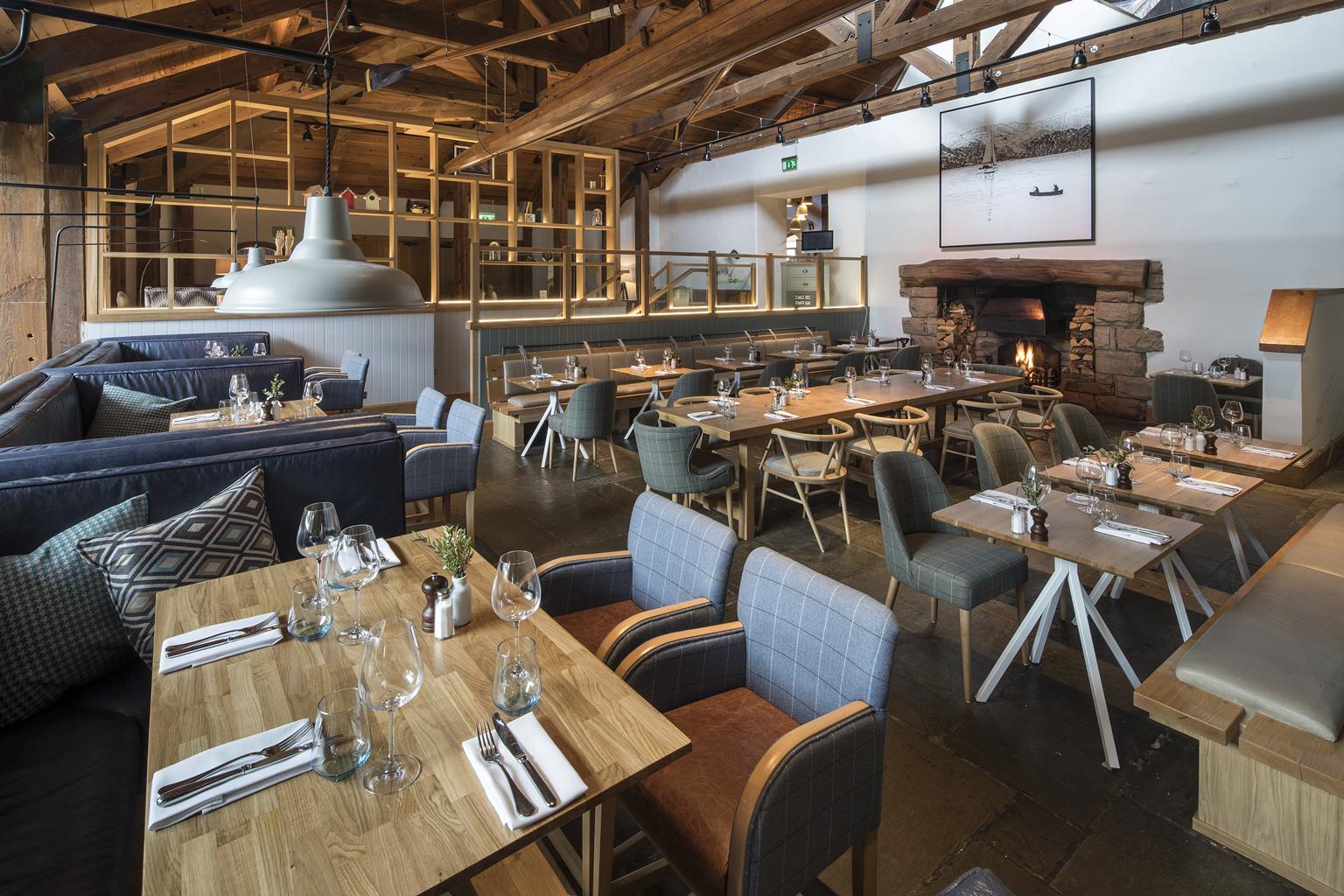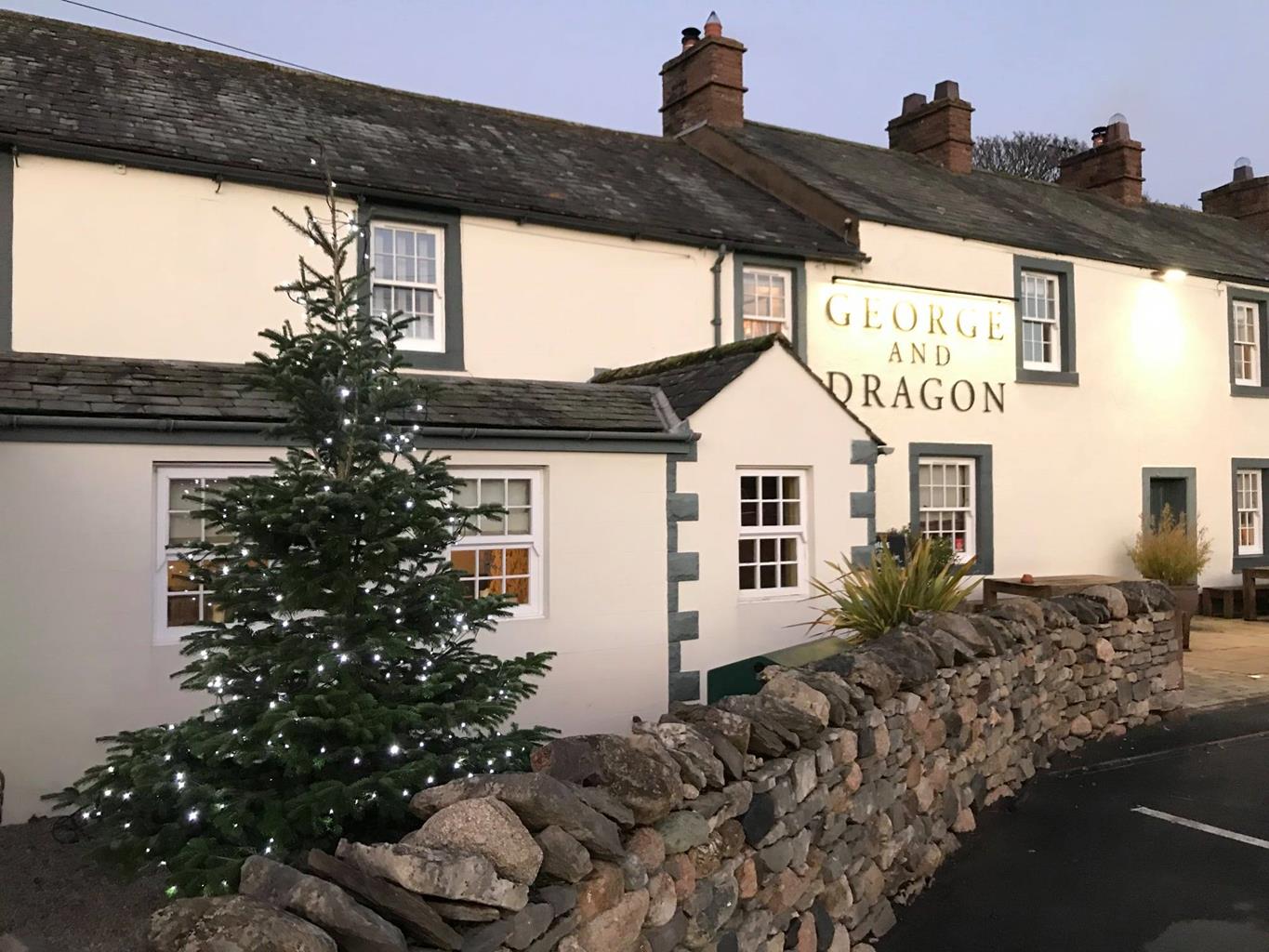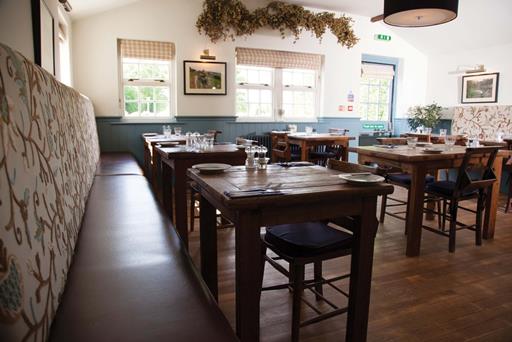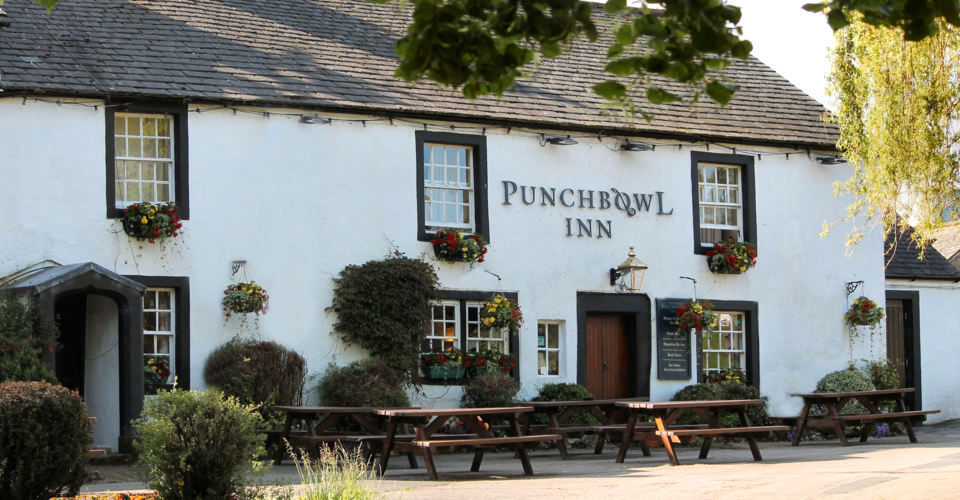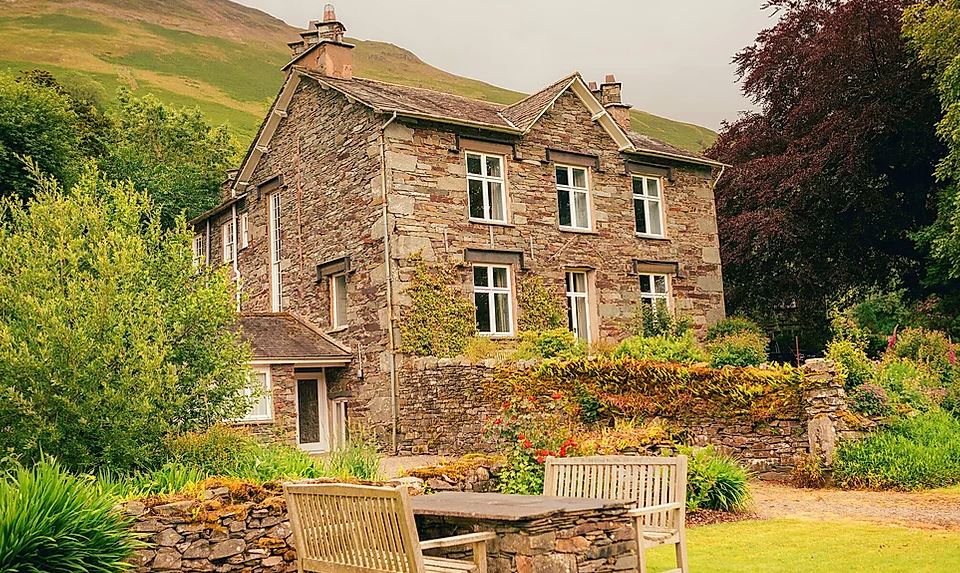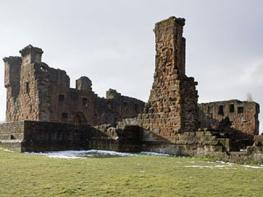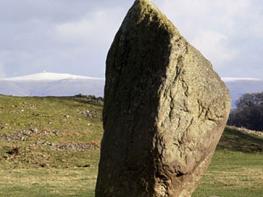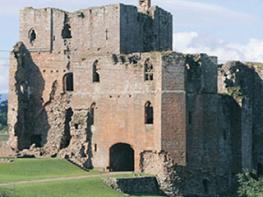Centrally located in the heart of Penrith, this inviting hotel offers a warm atmosphere and…
On Penrith Beacon

Walk in the footsteps of Jacobites from the rebellions of 1715 and 1745.
3.8 miles (6.1kms)
About the walk
Beacons were once a means of communication; great fires lit on prominent hills would warn the surrounding community and watchers on far-off hillsides of approaching danger. In the days before the telegraph this was typically the fastest way of spreading news. Penrith’s Beacon has a direct line of sight with Orton Scar to the south, and Carlisle Castle about 18 miles (29km) to the north. Here, the danger that required such warnings was usually a raid by the Scots: they ransacked Penrith on several occasions, the last being in 1745.
The Old Pretender
In an attempt to restore James Stuart (1688–1766), the ‘Old Pretender’, to the throne as James III, the Jacobites rose in 1715 and marched south with an army of Highlanders. Joined by the Earl of Derwentwater and ‘a parcel of north country jockeys and foxhunters’ at Brampton, they advanced on Penrith. Beacons were lit and the Cumberland and Westmorland militia called out. Accompanied by several thousand yeomen, farmers and labourers, they marched to intercept the Jacobite forces at Penrith Fell. However, when they encountered the advance guard, the defending army ran away, leaving their commanders, Lord Lonsdale and Bishop Nicholson, to fend for themselves. Lonsdale fled to Appleby, and the bishop’s coachman drove his master home to Rose Castle. The Jacobites levied a contribution of £500 on Penrith butotherwise left it undisturbed. The rebellion ended in failure and Derwentwaterhad his estates forfeited and his head chopped off.
The Young Pretender
Following the defeat of the 1715 rebellion Penrith enjoyed 30 years of relative peace. Then the Jacobites struck again; this time at their head came James’s son, Prince Charles Edward (1720–88), the ‘Young Pretender’ or ‘Bonnie Prince Charlie’. He marched south with an army of Highlanders, taking Carlisle, and in November 1745 arrived in Penrith, where he met no opposition. The rebel army subsequently got as far as Derby, but indecisiveness delayed them and eventually they turned back. Penrith Beacon was lit again to call the countryside to arms. News that the Jacobites were in retreat encouraged people to turn out to cut off the stragglers. On 15 December, at Langwathby, a Penrith party defeated 110 of the Jacobites’ Hussars but later that day Highland troops, under Lord George Murray, defeated a Hanoverian force at Clifton Moor. Murray joined the Prince at Penrith, ready to leave for the long march north and eventual defeat at Culloden Moor.
The red sandstone tower on the Beacon summit was built in 1719 and restored in 1780. It’s thought that the last time the Beacon was lit for warning purposes was during the Napoleonic wars in the early 19th century.
Walk directions
From the bus station car park, exit to Sandgate and turn left. Go right and left at a double mini-roundabout and ascend Fell Lane to Beacon Edge. Go left a short way, then right up a path signed ‘Permitted Footpath Beacon Summit’.
Follow the fenced path up through the trees, soon swinging left. Higher up there’s a short section over exposed sandstone bedrock. Shortly after this the path swings back right. The fence on the left ends, but the one on the right continues, apart from a short break. The main path is never in doubt. The path bends left, levels out, then turns sharp left again, leading to the Beacon tower now visible ahead.
From the top of Beacon Hill, with its views into the Lake District, retrace your route to Beacon Edge. Turn right and follow the road to a path signed to Salkeld Road.
Turn right and follow the path along the back of the town cemetery. Nearing a bench beyond the cemetery, ignore the clear path veering right with the wall up into the woods; instead, pass directly behind the bench and through a gate to arrive at a golf course. Cross the fairways with due caution, following frequent waymarks, to reach a small, red, stone building. There’s a squeeze stile to the left of the building. Go through this and turn left down Salkeld Road. There’s an even wider view of the Lakeland skyline from here than from the Beacon summit. Turn left down Salkeld Road.
At the junction with Beacon Edge, turn left and walk past the front of the cemetery. Almost opposite its end, turn right and go down Wordsworth Street. At the bottom of the hill, at a mini-roundabout, turn left. Walk along here, passing the Quaker Meeting House and soon reaching the double mini-roundabout of the outward journey. Turn right, back into Sandgate, and right again to re-enter the bus station car park.
Additional information
Good paths and pavements
Town and woodland
Can be off lead on Beacon Hill but not elsewhere
OS Explorer OL5 The English Lakes (NE)
Car park at Penrith bus station
At bus station
WALKING IN SAFETY
Read our tips to look after yourself and the environment when following this walk.
Find out more
Also in the area
About the area
Discover Cumbria
Cumbria's rugged yet beautiful landscape is best known for the Lake District National Park that sits within its boundaries. It’s famous for Lake Windermere, England’s largest lake, and Derwent Water, ‘Queen of the English Lakes'. This beautiful countryside once inspired William Wordsworth and his home, Dove Cottage, in Grasmere is a popular museum. Another place of literary pilgrimage is Hill Top, home of Beatrix Potter, located near Windermere. Tom Kitten, Samuel Whiskers and Jemima Puddleduck were all created here.
Much of Cumbria is often overlooked in favour of the Lake Distirct. In the south, the Lune Valley remains as lovely as it was when Turner painted it. The coast is also a secret gem. With its wide cobbled streets, spacious green and views of the Solway Firth, Silloth is a fine Victorian seaside resort. Other towns along this coastline include Whitehaven, Workington and Maryport. Carlisle is well worth a look – once a Roman camp, its red-brick cathedral dates back to the early 12th century and its 11th-century castle was built by William Rufus.
Nearby stays
Restaurants and Pubs
Nearby experiences
Recommended things to do
Why choose Rated Trips?
Your trusted guide to rated places across the UK
The best coverage
Discover more than 15,000 professionally rated places to stay, eat and visit from across the UK and Ireland.
Quality assured
Choose a place to stay safe in the knowledge that it has been expertly assessed by trained assessors.
Plan your next trip
Search by location or the type of place you're visiting to find your next ideal holiday experience.
Travel inspiration
Read our articles, city guides and recommended things to do for inspiration. We're here to help you explore the UK.



